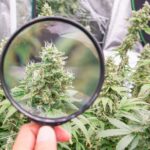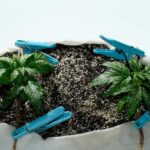The Best Fluffy Pancakes recipe you will fall in love with. Full of tips and tricks to help you make the best pancakes.
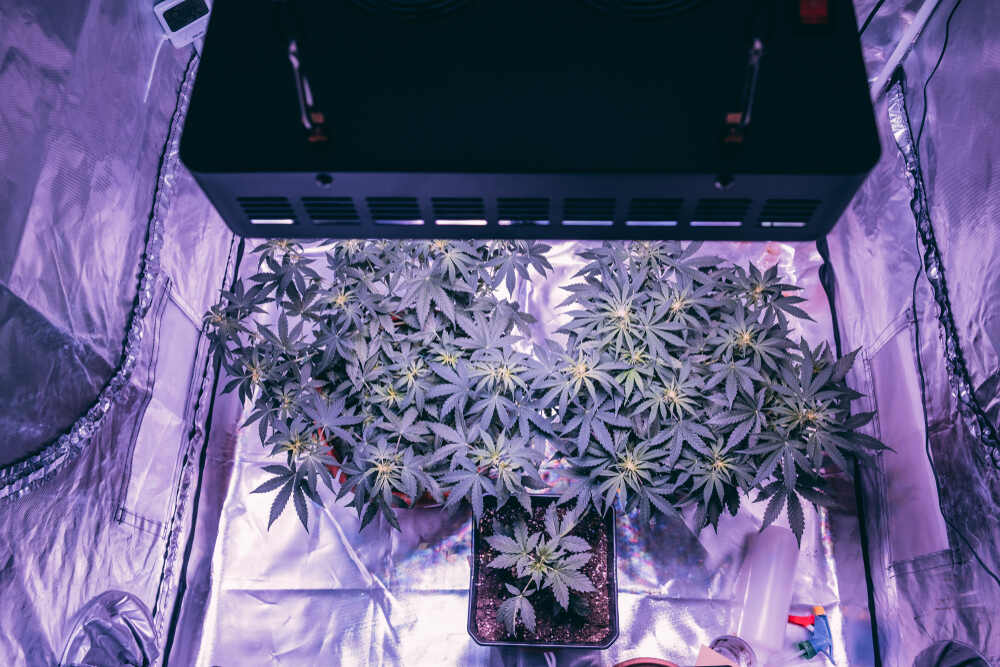
How to grow autoflowers in a grow tent
Autoflowering cannabis strains have carved out a niche in the cannabis growing community—and for good reason. These compact, fast-flowering plants are ideal for discreet indoor cultivation. If you’re growing in a tent, autoflowers make a smart choice because they’re genetically programmed to switch from veg to flower without relying on light cycles. As a breeder and grower, I’ve run dozens of indoor tents with autoflowers, and let me tell you—done right, they deliver sticky, potent buds in a fraction of the time.
Grow tents offer a controlled microclimate where autoflowers can thrive with less stress, less space, and more consistency. They give you the ability to manipulate light, humidity, airflow, and temperature with surgical precision—something outdoor grows can’t always offer. Autoflowers and tents are like peanut butter and jelly: perfectly matched.
What are autoflowering cannabis varieties and how they differ from photoperiod strains
Autoflowering strains are cannabis plants bred with Cannabis ruderalis genetics. Unlike photoperiod strains, which flower based on changes in the light cycle (usually 12 hours on, 12 hours off), autos flower on their own timeline—typically within 3 to 4 weeks of sprouting.
This is a game-changer for indoor growing because you no longer need to worry about switching light schedules to trigger flowering. You also reduce the overall grow time, with many autos ready to chop in 8 to 10 weeks from seed. That means more harvests per year, more consistency, and less margin for error.
And because they don’t wait around for you to flip the switch, autos demand a bit more foresight—but the payoff is faster turnaround and often, denser colas than you’d expect from such small plants.
Key advantages of growing autoflowers in a grow tent (fast cycles, compact size, stealth & control)
Here’s why autoflowers shine in a tent setup:
- Fast life cycle: You can harvest in 8–12 weeks, ideal for multiple annual grows.
- Compact structure: Autos don’t grow tall like sativas. Most stay under 3 feet, perfect for tents with limited height.
- Stealth factor: Smaller plants, less light demand, and shorter cycles mean lower electricity use and less noise/smell if you’re running filters.
- Controlled environment: Grow tents let you dial in every environmental factor for peak performance.
If you’re limited on space, want faster yields, or need a discreet setup, autos in a tent are the way to go.
Preparing your grow tent setup
Choosing the right tent size and height based on plant count and strain characteristics (e.g. 2×2, 3×3, 4×4 tent guidance)
Your tent size determines your yield potential—and your sanity during the grow. If you’re growing autoflowers, you don’t need massive tents. I recommend the following:
- 2×2 ft: Great for 1–2 plants. Ideal for beginners or tight spaces.
- 3×3 ft: Accommodates 2–4 autos comfortably. My go-to for most grows.
- 4×4 ft: Fits up to 6 autos if you know how to train them properly.
Most autos grow to 60–90 cm, so height matters too. Get a tent at least 5 feet tall to give your lights, fans, and plants enough room to breathe.
Essential equipment—LED lighting, fans, carbon filter, thermometer/hygrometer, reflective lining
Here’s what you’ll need to run a proper grow tent for autos:
- LED Grow Light: Full-spectrum LEDs offer ideal PAR output without excessive heat. 100W–300W is plenty for most tents.
- Exhaust Fan & Carbon Filter: Removes heat and odor—essential for airflow and stealth.
- Clip-on Oscillating Fans: Keeps air moving and prevents mold or mildew.
- Thermo/Hygrometer: Tracks temp and humidity.
- Reflective Mylar Interior: Maximizes light efficiency.
Don’t cheap out on lighting or ventilation. Autos are on a clock—they need optimal conditions from the jump.
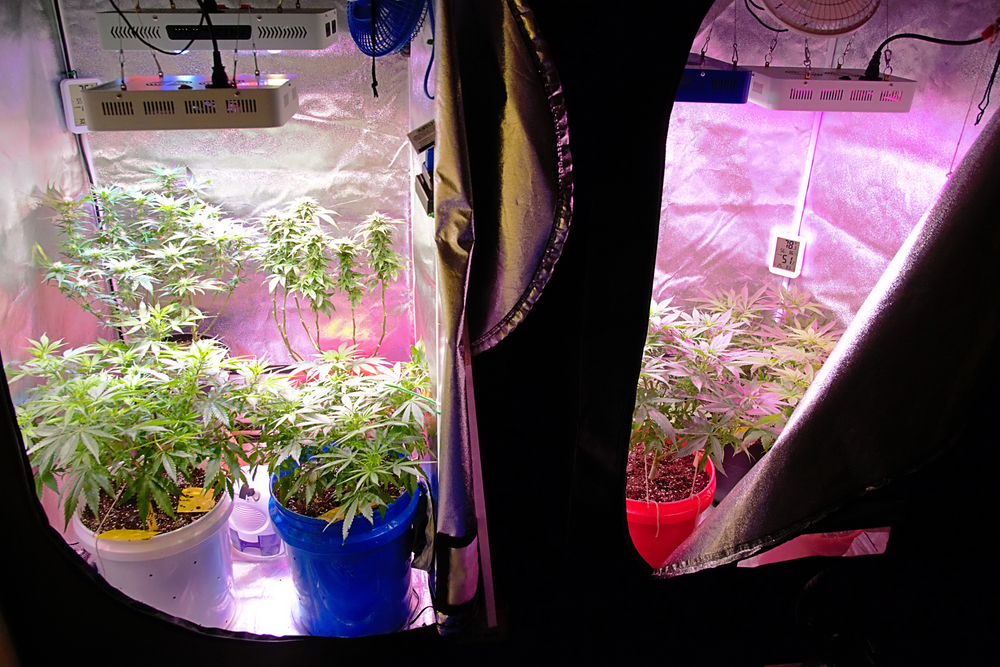
Ensuring proper ventilation, airflow, temperature and humidity control
Ventilation is what separates a pro grow from a sweaty jungle. Aim for the following:
- Temp: 22–28°C (veg); 20–26°C (flower)
- Humidity: 65–70% (seedling), 50–60% (veg), 40–50% (flower)
- Airflow: Gentle breeze across all plant surfaces.
I set my exhaust fan on a timer or humidity controller to maintain VPD (vapor pressure deficit) balance. If you don’t manage airflow, you’ll invite bud rot, pests, and stress.
Germination to vegetative stage management
Best germination methods & starting in final pot to avoid transplant shock
Autoflowers don’t like being moved. Their short veg period means transplant shock can stunt growth irreversibly. That’s why I always start them in their final pot.
Use the paper towel method or straight into soil—whatever you prefer—but make sure:
- You soak the seeds in water for 12–24 hours
- Transfer into a light, airy medium with solid drainage
- Use 3 to 5-gallon pots max
Fabric pots work best for air pruning and root zone health.
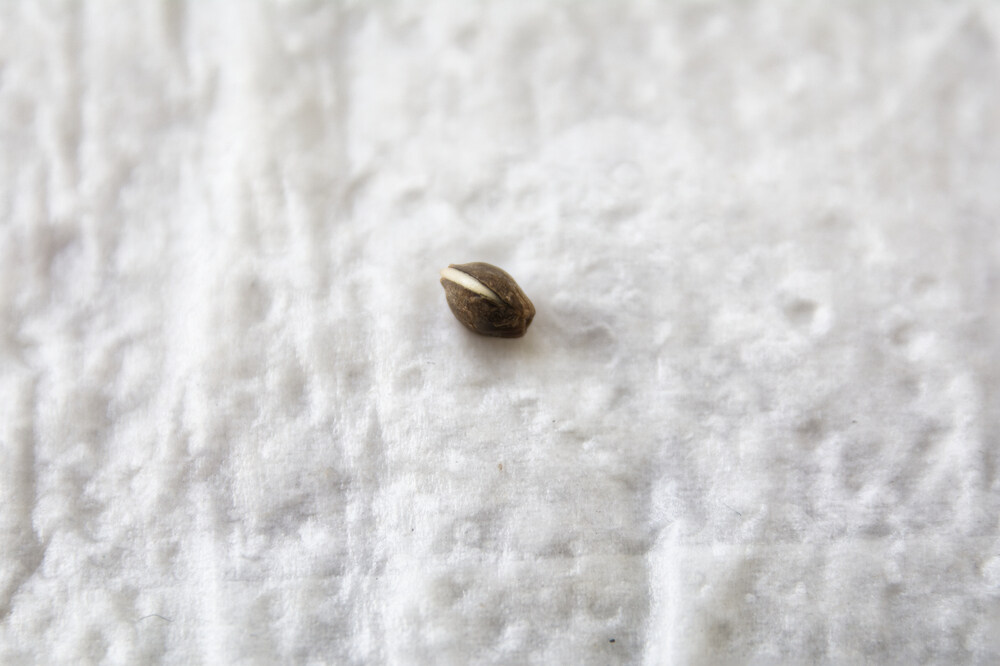
Ideal soil mix vs hydro options and nutrient regime for early weeks
For soil growers, I recommend a light mix:
- 70% coco coir or peat
- 20% perlite
- 10% worm castings or compost
Start feeding lightly in week 2—autos don’t need much nitrogen early on. Too much nutes too soon? You’ll burn the roots or stunt growth. If you’re going hydro, go DWC with reduced EC (0.6–0.8 in veg) and frequent monitoring.
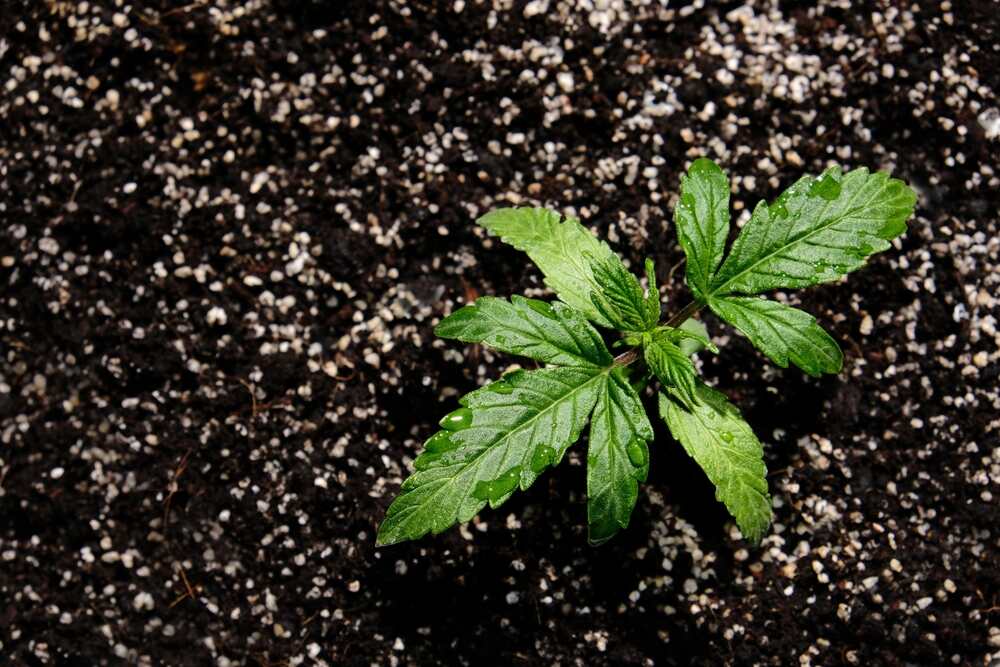
Watering strategy—frequency, signs of overwatering/underwatering (and using pH‑balanced water)
The secret to healthy autos is balance. Overwatering is the #1 killer I see in grow tents. You want the medium moist—not soaked.
Tips:
- Water in a ring around the base to promote outward root growth
- Wait until the top inch is dry before watering again
- Use pH 6.0–6.5 water in soil; 5.8–6.2 in coco/hydro
If your leaves are drooping down and feel heavy—it’s overwatered. Curling up and dry? You’re underwatered.
Flowering phase optimization in a tent
Light schedule recommendations for autoflowers (18/6 or 24/0) and light distance from canopy
I run autos under an 18/6 light schedule from seed to harvest. This gives them rest and cuts down heat. Some growers swear by 20/4 or even 24/0—but 18/6 strikes a solid balance for potency and efficiency.
Keep your LED light 18–24 inches from the canopy in veg, and 12–18 inches during flower. Too close and you risk light burn. Too far and you get stretching.
Training techniques for better yields—LST versus topping/fimming, appropriate timing and precautions
Low Stress Training (LST) is the best friend of autoflower growers. I gently bend the main stem sideways by week 3, tie it down with soft wire, and expose more bud sites to the light.
Pros of LST:
- No stalling like high-stress techniques
- Better airflow and light penetration
- Larger, more even yields
Topping or fimming autos is risky. You’ve got a small window to recover before flowering. If you must, top around day 15–20, no later. But for most beginners—I’d say stick to LST.
Defoliation tips and managing canopy to maximize bud development
I defoliate lightly in week 4 and again at the start of flowering. Remove large fan leaves that block bud sites, but don’t go overboard. Autoflowers don’t have time to bounce back from heavy pruning.
Your goal is airflow and exposure—not stripping the plant bare. Always cut leaves in the evening, when the plant is less stressed.
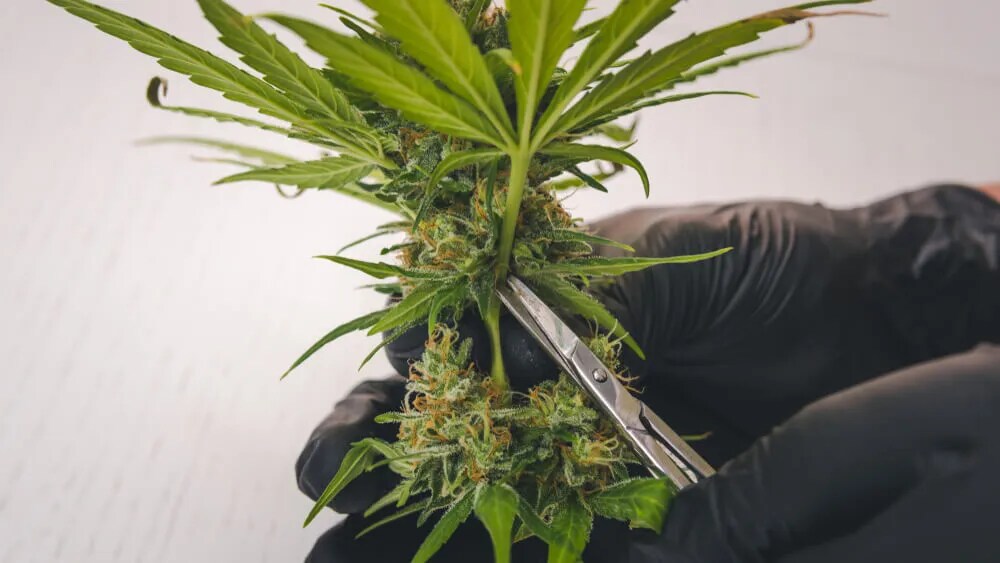
Full growth cycle, harvest and post-harvest care
Week‑by‑week growth expectations and stage‑specific care from seed to harvest (typically 8‑12 weeks)
Here’s how a typical autoflower grows:
- Week 1–2: Seedling stage—low light, high humidity, light watering
- Week 3–4: Vegetative—training, first feedings, root establishment
- Week 5–7: Early flower—PK boost, defoliation, light management
- Week 8–10+: Late flower—reduce nitrogen, monitor trichomes, flush if needed
Most autos finish between 9–11 weeks, but always go by the plant—not the calendar.
How to identify harvest readiness (trichome and pistil cues), and sequential harvesting strategies
Harvest timing is key for potency and effect. I use a jeweler’s loupe to inspect trichomes:
- Clear = not ready
- Cloudy = peak THC
- Amber = more sedative, CBN content rises
Most growers harvest when 70–90% of pistils have darkened and curled in, and trichomes are mostly cloudy with 10–20% amber.
If your plant has multiple top colas maturing at different rates, don’t be afraid to harvest in stages—this helps maximize yield and quality.
Drying, curing and storage recommendations for optimum flavor and potency
After harvest:
- Hang buds upside down in the dark at 60% humidity and 20°C for 7–10 days
- Jar them once outer buds feel dry but not crispy
- Cure for 2–4 weeks, burping jars daily to release moisture and exchange air
Proper drying and curing locks in terpenes, smooths out the smoke, and brings out the full aroma and potency.
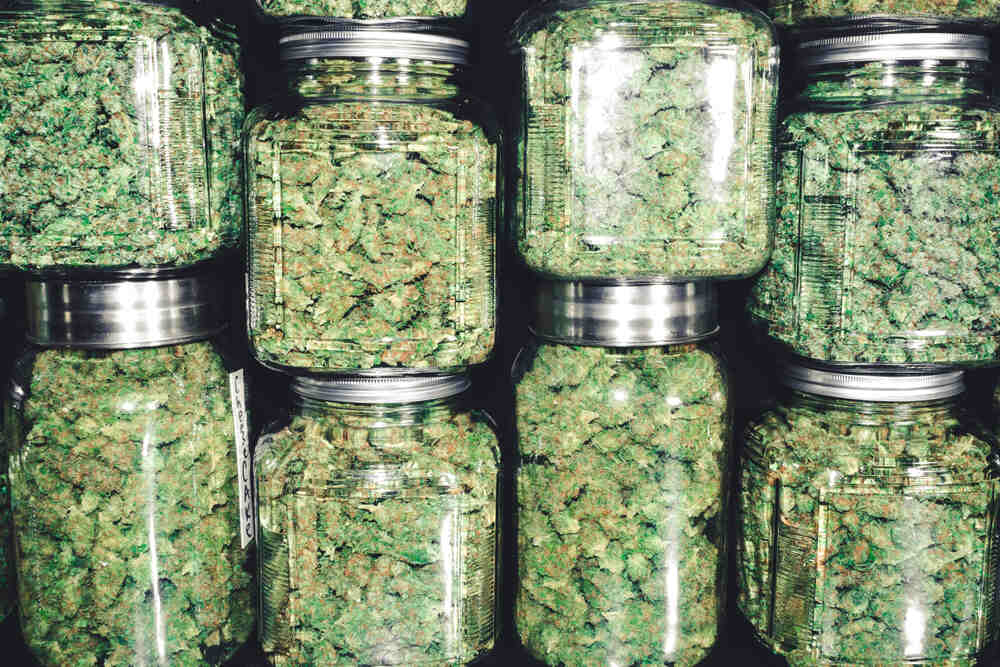
Common issues and troubleshooting
Preventing mold, mildew, pests common in grow tents
Tents can trap humidity fast. Here’s how I prevent problems:
- Keep RH below 50% in late flower
- Run oscillating fans 24/7
- Use neem oil in veg to deter pests
- Check under leaves for bugs weekly
Mold often starts in dense buds with poor airflow. Keep things dry, ventilated, and clean.
Nutrient deficiencies and feeding corrections mid‑cycle
Autos are sensitive to overfeeding. Start low and increase gradually. If leaves yellow early, you may have a nitrogen deficiency. If tips burn or edges brown, you’re feeding too strong.
Flush with pH-balanced water to reset the root zone. Then reintroduce nutes at half strength.
Managing light stress, stretch or nutrient burn in compact autoflower setups
Signs of light stress include leaf bleaching and tacoing. If you see this, raise your light or dim it down. Stretching? Lower the light or increase airflow to strengthen stems.
Nutrient burn shows as browning or burnt tips—ease off the feeding schedule and flush if needed.
Conclusion
Growing autoflowers in a grow tent is one of the most rewarding and efficient ways to produce top-shelf cannabis at home. With the right setup, attention to detail, and a little hands-on love, you can pull multiple harvests a year without needing a massive space or advanced grow gear. I’ve been running autos in tents for years and they’ve never let me down. So whether you’re starting out or looking to improve your technique, follow this guide and you’ll be trimming sticky, frosty buds in no time.


